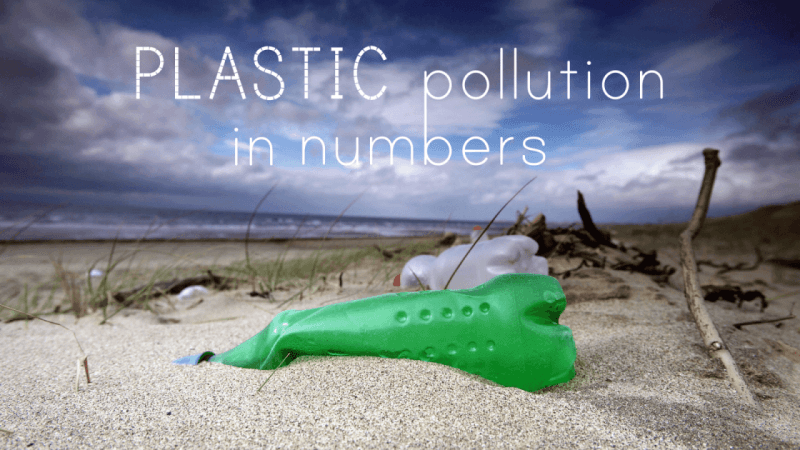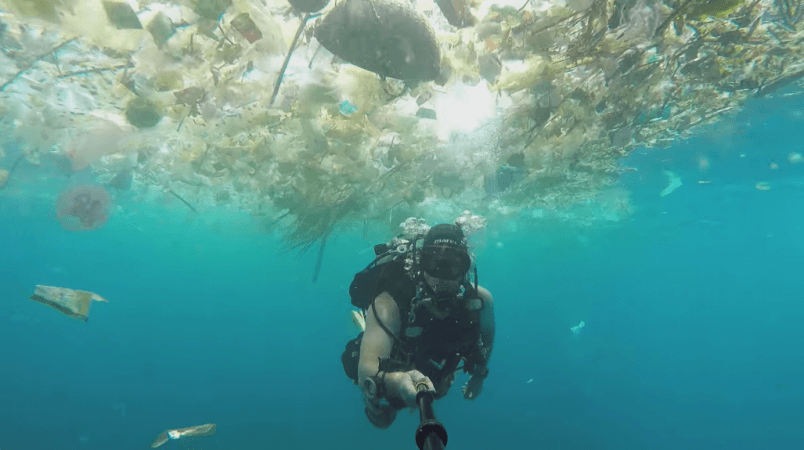China has decided to ban the import of plastic garbage into their country for recycling or disposal. The order includes about 24 different types of plastic including non-industrial waste. The ban came into effect from December 2017 and since then, the entire planet's plastic garbage has been piling up without a place to go.
A new study on the effects of this ban was carried out by researchers at the University of Georgia and the findings are rather shocking. According to their study, since the plastic ban, the world will see a trash pile-up of over 111 million cumulative tonnes of just plastic by 2030.

The rest of the world is truly left scrambling to find new solutions to the problem. Researchers found that China started to import plastic waste in 1992 and has brought in about 106 million tonnes of waste. That means China alone was taking in plastics and helping 43 countries along with all the trash it was making. That amounts to about 45.1 percent global export traffic from around the world. Along with Hong Kong, the two nations were drawing in about 72.4 percent of all plastic waste on the planet.
As to why this happened, China wanted plastic to make cheap, now infamous, tools, trinkets and other items. The countries that sent off their garbage realised that it was a lot more easy to simply push their waste away than to actually deal with it, so it was something of a win-win for both sides. Developed nations made up about 90 percent of China's customers in this regards and North America, the EU, and Japan were the top exporters.
These countries do not have the infrastructure, nor the means to handle this level of garbage, so each country's respective governments are also working on their own plastic bans.
Plastic waste has grown by 817 percent in the 25-year gap between 1988 and 2016. In 2016 alone, 14.1 million metric tons of plastic waste was exported globally, says a report on the study by Wired.
The study was first published in the journal Science Advances.


















